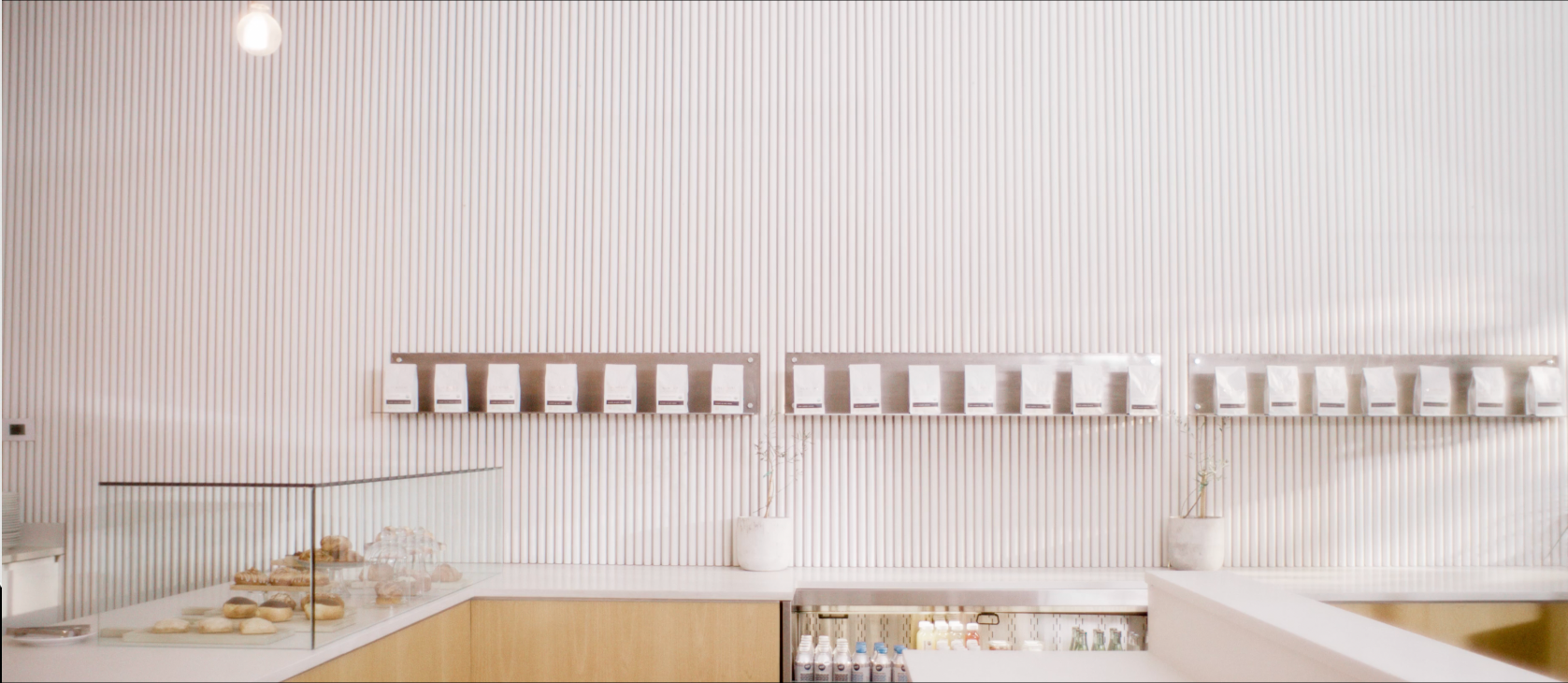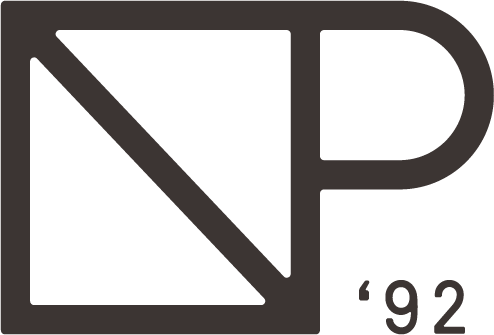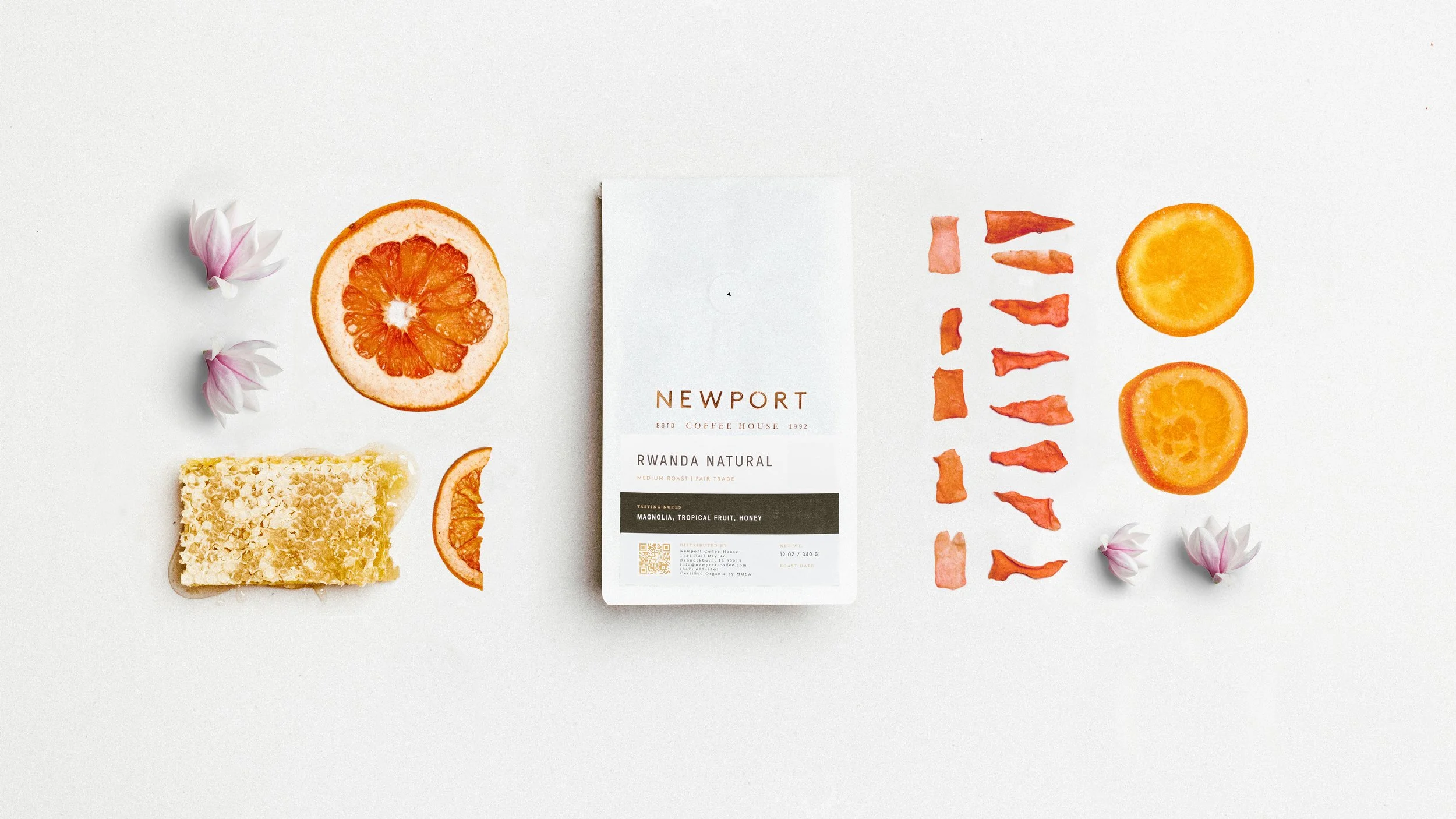YOUR GUIDE TO
BETTER BREWING
Drip Coffee
A tried-and-true method of brewing, drip coffee makers are easy to use, consistent, and great for larger batches of coffee.
-
Brewer, filter, scale, grinder
-
60 grams of coffee per liter of water
-
Measure the dose of coffee beans and grind for drip coffee. There are slight differences in grind setting depending on the shape and material of the cone. Read more about perfecting your grind in the Tips & Tricks section.
Shake brew basked lightly to make sure the coffee bed is even.
Start brewing.
Pour Over
Pour overs have become an increasingly popular option for specialty coffee brewing - known for the flavorful extraction and control over brewing that it allows.
-
French press, scale, grinder, kettle, timer
-
60-70 grams of coffee per liter of water (immersion brewing favors a heavier dose)
-
Pour hot water to preheat the brewing vessel and decanter.
Measure dose of coffee beans. Do not grind too coarse - the grind should be just coarser than filter coffee. Add grounds to decanter.
Boil water and let water settle until there is no more rumbling sounds.
Start timer, add all water fairly aggressively so the whole coffee bed gets saturated. Put the lid on but do not press the plunger.
After 4 minutes, remove the lid, and gently stir the crust three times. Take two spoons and scoop froth off the top.
Put the lid on but do not press the plunger all the way down - only to the surface of the liquid to use as strainer. Pour delicately to not disturb the grinds.
French Press
The French press is a simple method of brewing that requires limited investment and results in a rich, heavy cup of coffee.
-
Pour over dripper, filter, mug, scale, grinder, timer
-
60 grams of coffee per liter of water.
-
Rinse paper filter with hot water, also preheating the dripper/mug.
Grind on slightly finer than medium grind size.
Make sure coffee bed is level and start timer.
Initial pour: Bloom with twice as many grams of water as grams of coffee in filter. Swirl to make sure all grinds are wet and then wait until the timer is on 40 seconds.
Phase 1: Continue to pour and make sure 60% of total water has been used within 1 minute and 15 seconds from start. Water will go all the way to the top and that is good because it will maintain temperature.
Phase 2: Pour remaining water before the timer is at 1 minute and 45 seconds. Wait for the drip out to finish. Total time should be around 2 minutes and 45 seconds.
CHOOSING THE RIGHT EQUIPMENT
-
A digital scale is needed for good coffee brewing. The density varies between different coffee beans and it is therefore important to dose coffee by weight instead of volume. Three tablespoons of our Costa Rican coffee, for example, might make a stronger cup than three tablespoons of our Nicaraguan. This is where the scale comes into play.
-
It is best to purchase a high quality burr grinder. It will last for a long time and provide consistent freshly ground beans for every brew. Our recommendation for high-quality grinding at home is Baratza’s Encore or Virtuoso+ grinder. If you do not have a good grinder, let your local coffee roaster or coffee shop grind for you instead.
-
Hand-poured brewing methods such as pour over or French press require a kettle to heat and pour the water. Both stove-top and electric kettles can perform these functions well. The best kettles will allow you to check the water temperature and will have a gooseneck spout for precision in brewing pour overs. We recommend Fellow kettles, which can be found in our online shop.
-
Pour over and French press brewing require limited investment in brewing equipment. A good drip brewer is more expensive but a high quality brewer will not only be able to provide a good brew but will also last a long time if well maintained.
-
Your phone timer will be sufficient for this task. There are also some different apps available for download that can support you during brewing. This would be recommended for the real coffee aficionados.
TIPS + TRICKS
TIPS + TRICKS
PICKING YOUR COFFEE
ROAST
Coffee beans are categorized into light, medium, and dark roasts depending on the roast level. Light roasts retain many of the subtle complexities of the beans’ flavors. Clean, bright, and fruity notes often shine through best in the sweet acidity of these roasts. Dark roasts tend to produce a robust, heavy cup of coffee. The longer exposure to heat reduces acidity and accentuates the smokey and dark chocolate flavors of beans which go especially well with milk. Medium roasts tend to split the difference - balancing light acidity with a full-body, which results in chocolate, caramel, and rich fruit flavors often combining to offer a very versatile bean.
WASHED VS. NATURAL PROCESSING
Coffee processing occurs after the coffee cherries are picked, and refers to how the fruity portion is removed from the bean that is then sent for export. Most coffee beans are processed by washing, but others are “natural” or “sun-dry” processed. This leaves the bean to dry for longer in the fruit, producing intense and berry-like flavors. For many who enjoy dynamic, fruity flavors in coffee, natural processed beans are the very best option. There are a few other processing methods also but most of the beans we offer are either washed or natural.
ORGANIC COFFEE
At Newport Coffee House, we are committed to buy as much certified organic beans as possible. Why does it matter if coffee is organic? We truly believe in organic farming practices and the associated benefits for both the environment and our future generations.
SINGLE-ORIGIN VS. BLEND
Many coffees are a product of various regions, farms and harvests combining beans to form a blended flavor profile within a single bag of coffee. This abundance of flavors allows complementing notes to be combined in a single cup of coffee. Single-origins are bags of coffee that come from a single geographical region. These are the most difficult to maintain the quality of but allow you to taste the specific flavors from a particular region, altitude and process in its most pure form.
GRINDING COFFEE
Learning to grind well is an important step in getting the best extraction of flavors from your coffee. The right grind primarily depends on your brewing method, corresponding to the filtration size. A more precise grind will take into account roast (light, medium, or dark) and taste. The lighter the roast, the finer the grind needs to be. It can take a couple tries to figure out the proper setting. Grind finer if coffee is under extracted - sour, lacking sweet, salty, quick finish. Grind coarser if coffee is over extracted - bitter, dry, astringent, hollow, empty. A cup that is sweet, ripe, and with complex acidity indicates an ideally extracted coffee. Science behind the grind setting: Smaller particles have more surface area, therefore making it easier to extract flavor.
STORING BEANS
Fresh beans always result in the best coffee. Buy fresh beans and, if possible, do not grind them until you are ready to brew. Store in a dry place and in an airtight container that does not allow any light through. The best containers are ones designed specially for coffee storage and that are designed to prevent oxidation.









